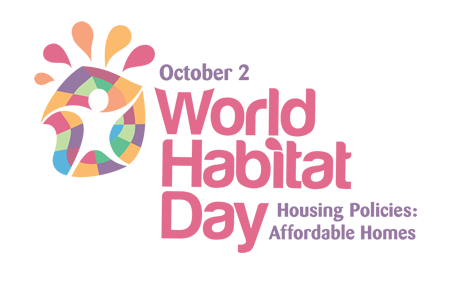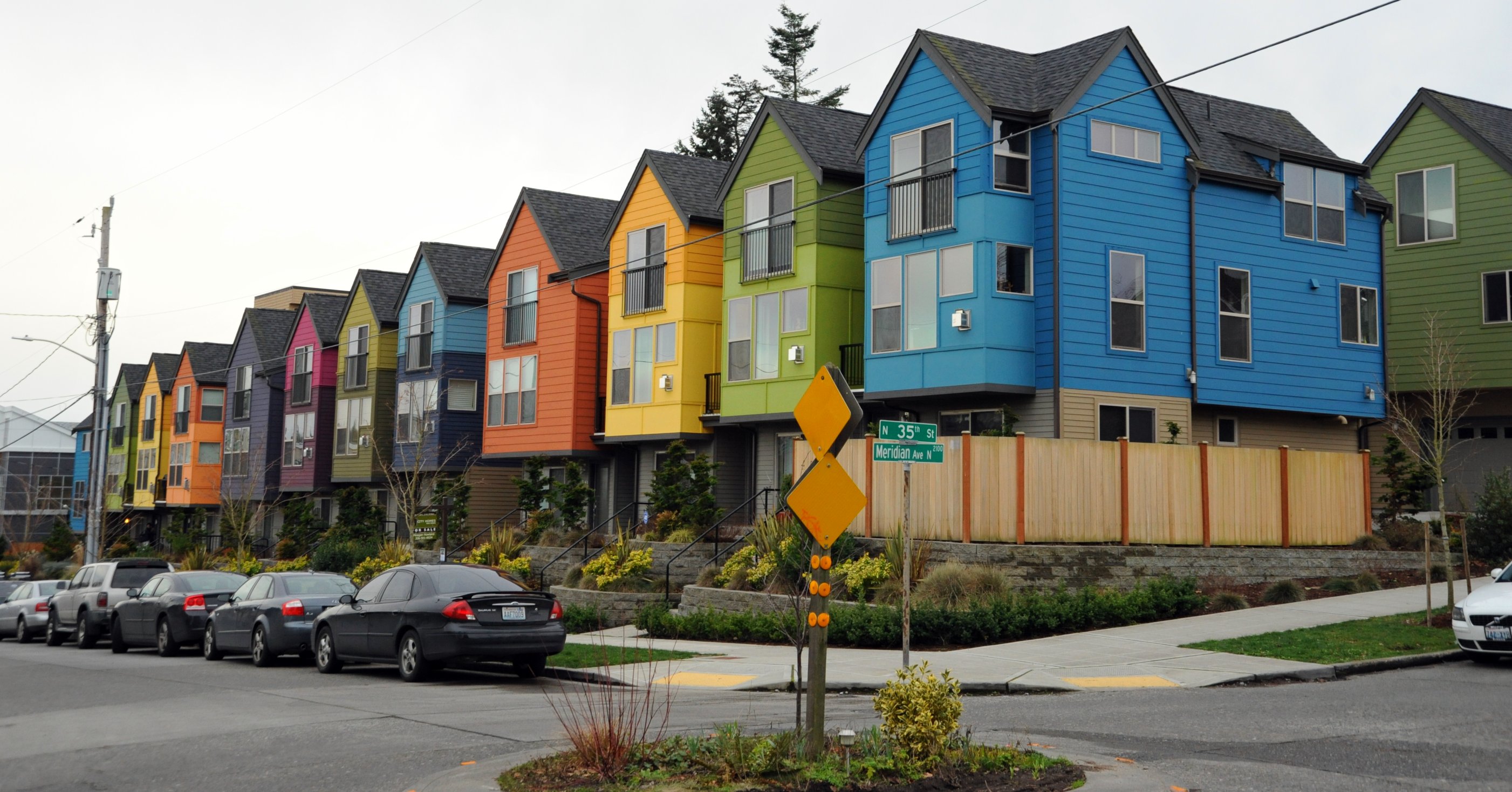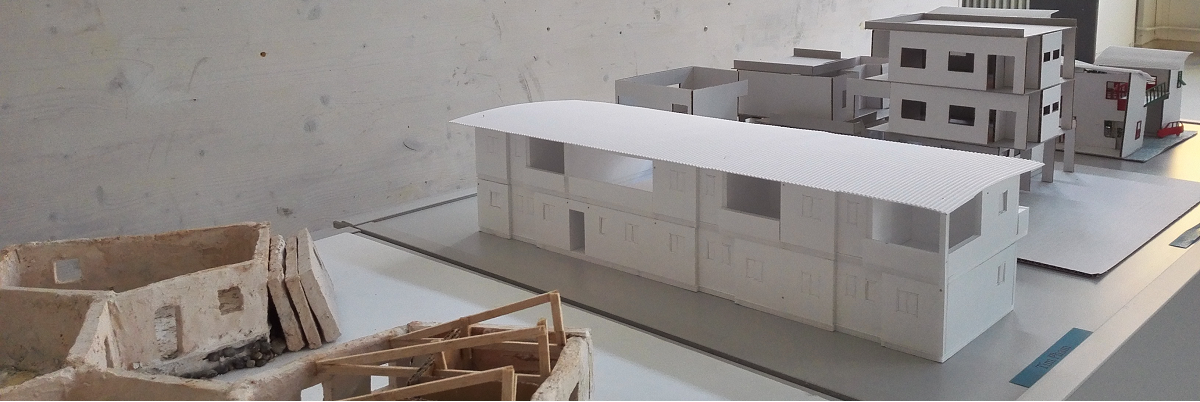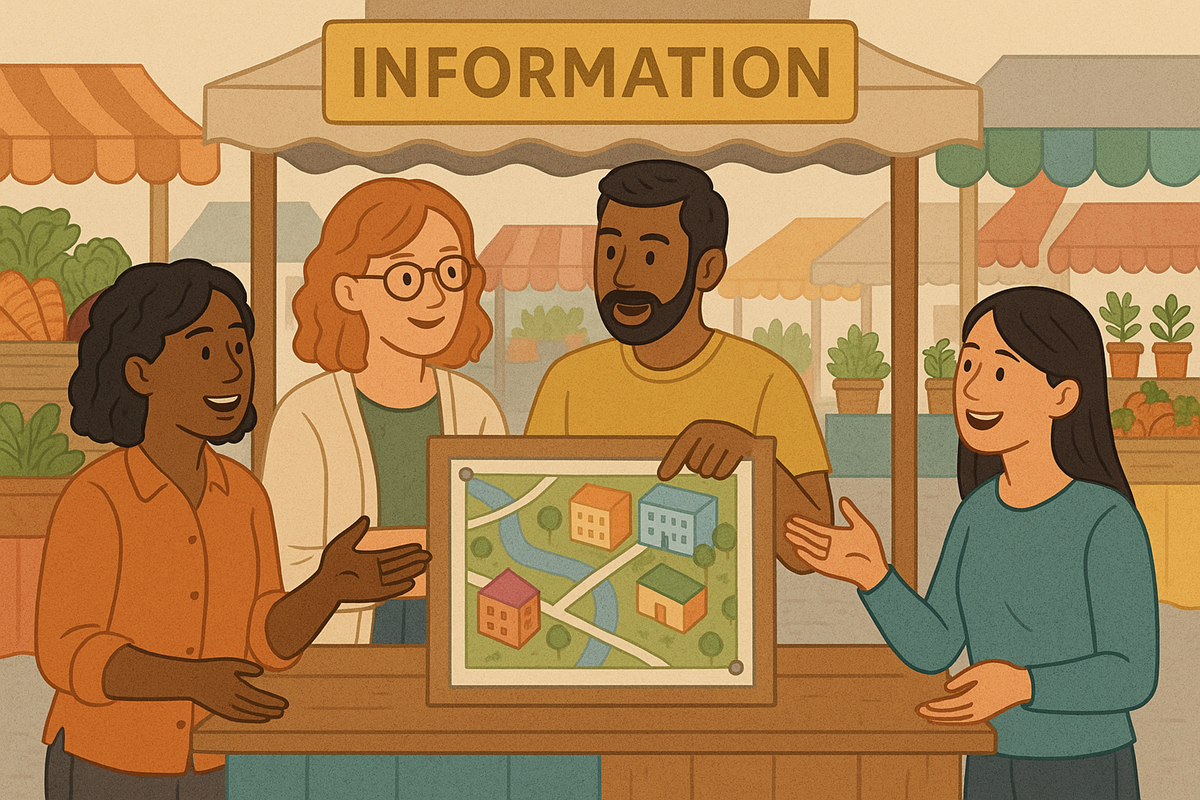The first Monday of every October is World Habitat Day. This year’s topic is “Affordable Homes”, an issue that is relevant all over the world.

The right to adequate shelter (at an affordable price!) and an adequate living standard is anchored in the United Nation’s Human Rights Declaration from 1948. Still, it is one of the biggest concerns for countless families all over the world to have affordable homes. According to this article by Citiscope, around 1.2 billion urban dwellers do not have access to affordabe, secure and adequate housing.
Today, I would like to share some thoughts and ideas on affordable housing with you, part of which are from the NoCostHousingConference, which I attended last year in Zurich.
Affordable and Adequate Housing
So, what is affordable housing? To me, it means “providing adequate shelter and basic amenities with security of tenure to those whose needs are not met by the open market, considering income level, minimum volume of space and affordability. No more than 30% of a household’s annual income should be spent on housing. Future expenses need to be considered as well as the location of the house in relation to the workplace.”
This is based on various official definitions and I think it is key to understanding the dilemma of making homes more affordable. So many people spend much more than 30% of their income on rents or down payments on housing. The difference between affordable and adequate is also important here, because houses that are affordable are not necessarily adequate but rather sub-standard.
With housing being provided by the market today, as opposed to mainly being provided by the state as in earlier times, housing has become a development engine. At the same time, it can be an obstruction to development, precisely for those that cannot afford it. Aspects like adequate space, adequate ventilation, adequate distance to work, adequate privacy and security are crucial to dignified housing, but especially in poor urban areas, they can be hard to fulfill. The lack of adequate housing is a symptom, but also a deep-rooted cause of informal urbanisation and the growth of “slums” or informal settlements. Access to and supply of land is one of the most pervasive constraints for adequate housing, since squatters are not likely to invest in future aspects of their housing.
The process of building affordable homes typically consists of “plan, service, construct and occupy”, whereas in informal settlements, this often happens exactly the other ways around. Without a proper service, it is hard to achieve adequacy in housing (even if it might be affordable).
According to Graham Tipple from Newcastle University, affordable means adequate, designed in a participatory process and sustainable (i.e., will this housing still be adequate tomorrow?). However, affordable housing is usually conceived of as part of the formal sector, disregarding informal housing, which is of crucial importance in many Southern countries.
Two more important aspects of affordability are the potentials of renting (or affordable renting) and the problem that building materials, especially those that are being traded internationally, are often too expensive. This leaves people with little choice but build with low-quality materials that, in turn, make the homes inadequate. Servicing, even if it exists, is often not affordable for poor people. Therefore, solutions like self-built housing out of local materials, using traditional skills (as explained by architect Anupama Kundoo in the video below) and retro-fitting services as well as regularising or adapting land tenure models are important elements on the way to achieve more affordable, adequate housing. Supporting small contractors instead of large companies can also be very helpful since this helps to keeps jobs in the community and is cheaper, too.

Examples from around the world
The most interesting aspect of affordable housing for me is, of course, participation. Who better to interview about needs for social housing or any kind of housing than the affected population? In Brasil, the Plano Nacional de Habitacao (PlanHab) was drafted with a lot of social participation via the “My Home My Life Program”. Another example is the work of the Urban Think Tank in Cape Town:
The architects built “rapid houses” by holding participatory workshops in the township Khayelitsha to find out what new houses should ideally look like. This kind of “activist architecture” proved ground-breaking, although its legal status was ambiguous. However, as Alfredo Brillembourg of the Urban-Think Tank said, “slums outpace urbanism”. This shows that the formal, traditional solutions to provide affordable housing are not adequate any more and new, more responsive ways of planning and building are needed.
Indian architect and professor Anupama Kundoo advocates for self-built housing. Drawing on the community’s knowledge, she talks about “how to achieve more with less” through design in this video. Houses can actually be built within a week, using local materials and respecting the environment, which in turn can save cost and time and waste, she says:
I myself presented a paper on the Pradhan Mantri Awas Yojana housing scheme in India, which promises slum-free cities by 2022 – you can read it here.
Closing Thoughts
These three examples show some of the main difficulties of finding affordable, adequate housing in the Global South, but also in Northern countries there are often big difficulties. The strong market makes it hard for people with less money to afford adequate homes. Patterns of social inequality and poverty are often reproduced in housing planning. Issues like land prices and transportation links are crucial are crucial to tackle this challenge, as is participation and the understanding of people’s needs. Innovative approaches like using waste materials for self-built housing or offering micro-credits and savings groups help not only to provide different kinds of housing, but also to increase community cohesion and mutual learning. Therefore, the future of housing development as discussed in the NoCostHousingConference and elsewhere, should build on participation, inclusiveness, social inclusion, environmental-friendly resources and also an emphasis on resilient building. The right to adequate housing needs to be more important. This, of course, is much easier said than done. A cooperation between architects, urban planners and the affected populations would be a good first step.
Read more:
Participatory Housing in Rio de Janeiro
Urban Think Tank Empower Shack
Citiscope: How to Solve the Global South’s Affordable Housing Crisis
World Habitat Research Centre
Centre for Affordable Housing Finance in Africa
NoCostHousingConference
Header copyright: own picture









